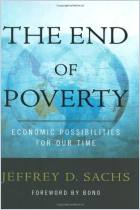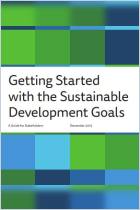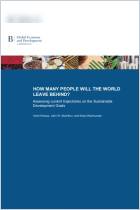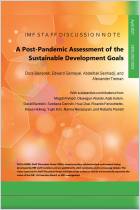
Investing in Development
A Practical Plan to Achieve the Millenium Development Goals
Recommendation
The UN Millennium Development Goals (MDGs) for the period from 1990 to 2015 include halving the number of people who suffer from hunger and reducing the proportion of the world’s population subsisting on less than $1 a day. The MDGs also aim to lower mortality rates among young children and pregnant women, slow the advance of HIV/AIDS and malaria, promote gender equality, and establish universal primary education for boys and girls – all by 2015. The UN Millennium Project – an independent advisory body commissioned by former UN secretary-general Kofi Annan to recommend strategies for reaching Millennium goals – calls these objectives, “the most broadly supported, comprehensive and specific poverty reduction targets the world has ever established.” Progress toward achieving the goals by their target date remains spotty, however, as detailed in this 2005 report that identifies obstacles to the goals and provides a plan for accomplishing them by 2015. Though dated, the recommendations still constitute a valuable planning tool for developed and developing countries. getAbstract recommends this work to readers seeking a comprehensive summary of the UN’s ongoing efforts to help the world’s poorest people.
Summary
About the Author
The UN Millennium Project is an independent advisory group that recommends the most-effective strategies for meeting the Millennium Development Goals.
















Comment on this summary